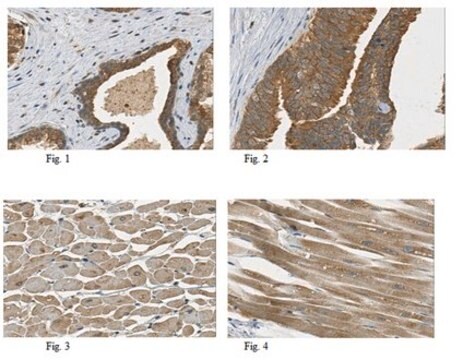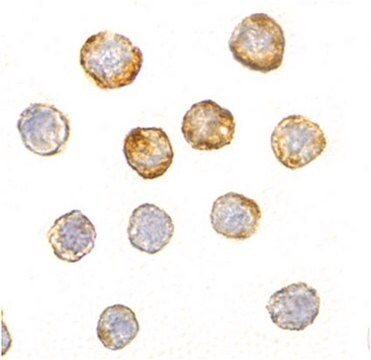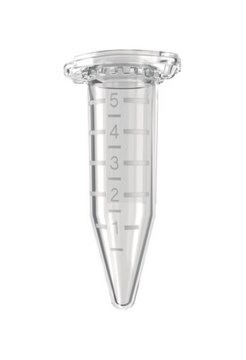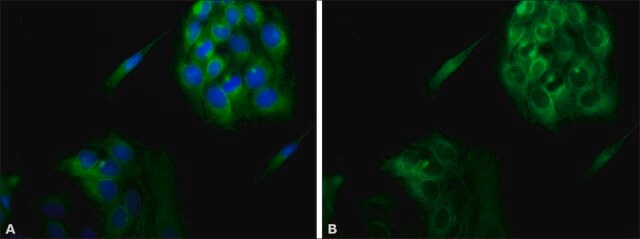ABN469
Anti-DISC1 Antibody
from rabbit, purified by affinity chromatography
Sinónimos:
DISC1 Antibody, Disrupted in schizophrenia 1 protein, KIAA0457
About This Item
Productos recomendados
origen biológico
rabbit
Nivel de calidad
forma del anticuerpo
affinity isolated antibody
tipo de anticuerpo
primary antibodies
clon
polyclonal
purificado por
affinity chromatography
reactividad de especies
mouse
reactividad de especies (predicha por homología)
human (based on 100% sequence homology)
técnicas
western blot: suitable
Nº de acceso UniProt
Condiciones de envío
wet ice
modificación del objetivo postraduccional
unmodified
Información sobre el gen
human ... DISC1(27185)
Descripción general
DICS1 is highly expressed in the dentate gyrus of the hippocampus. It is also expressed in the temporal and parahippocampal cortices and cells of the white matter. Expression rises within the dentate gyrus and temporal cortex from the neonatal period to infancy, declines markedly in adolescence, and declines further with aging. Uniprot describes 8 isoforms ranging between ~37 kDa and ~94 kDa.
Especificidad
Inmunógeno
Aplicación
Neuroscience
Developmental Neuroscience
Calidad
Western Blotting Analysis: 2 µg/mL of this antibody detected DISC1 in 15 µg of NIH/3T3 cell lysate.
Descripción de destino
Forma física
Almacenamiento y estabilidad
Nota de análisis
NIH/3T3 cell lysate
Otras notas
Cláusula de descargo de responsabilidad
¿No encuentra el producto adecuado?
Pruebe nuestro Herramienta de selección de productos.
Código de clase de almacenamiento
10 - Combustible liquids
Clase de riesgo para el agua (WGK)
WGK 1
Certificados de análisis (COA)
Busque Certificados de análisis (COA) introduciendo el número de lote del producto. Los números de lote se encuentran en la etiqueta del producto después de las palabras «Lot» o «Batch»
¿Ya tiene este producto?
Encuentre la documentación para los productos que ha comprado recientemente en la Biblioteca de documentos.
Nuestro equipo de científicos tiene experiencia en todas las áreas de investigación: Ciencias de la vida, Ciencia de los materiales, Síntesis química, Cromatografía, Analítica y muchas otras.
Póngase en contacto con el Servicio técnico







